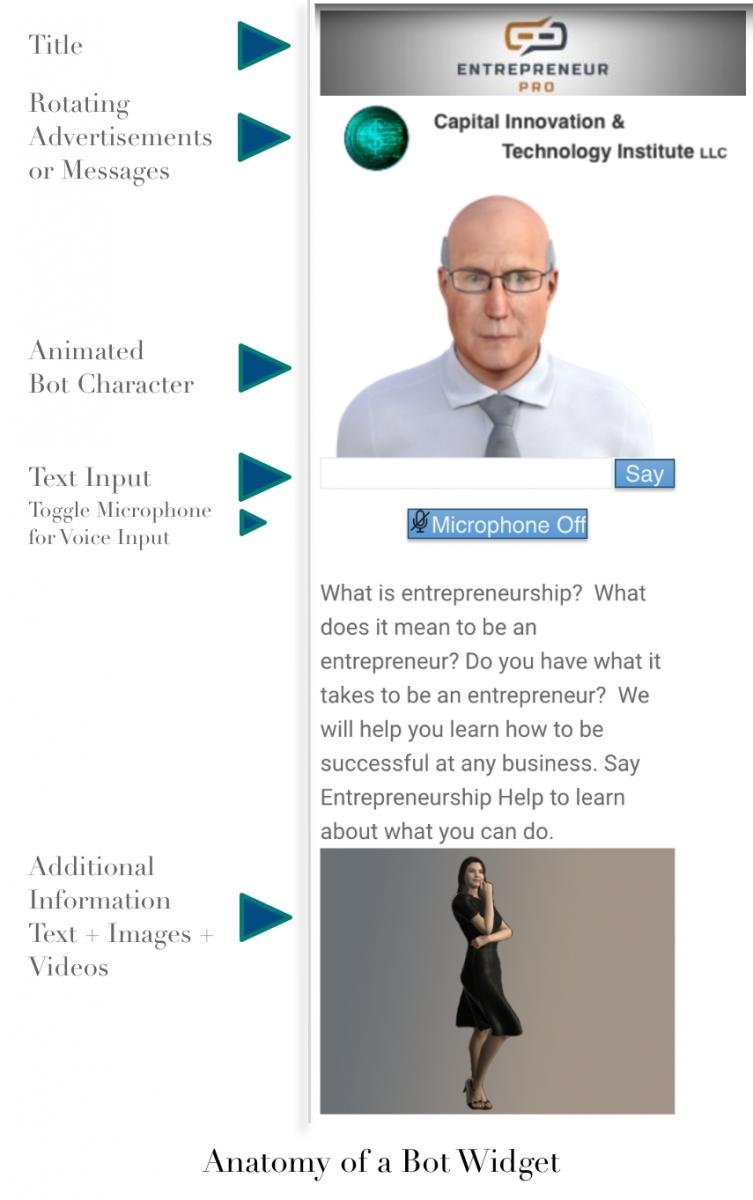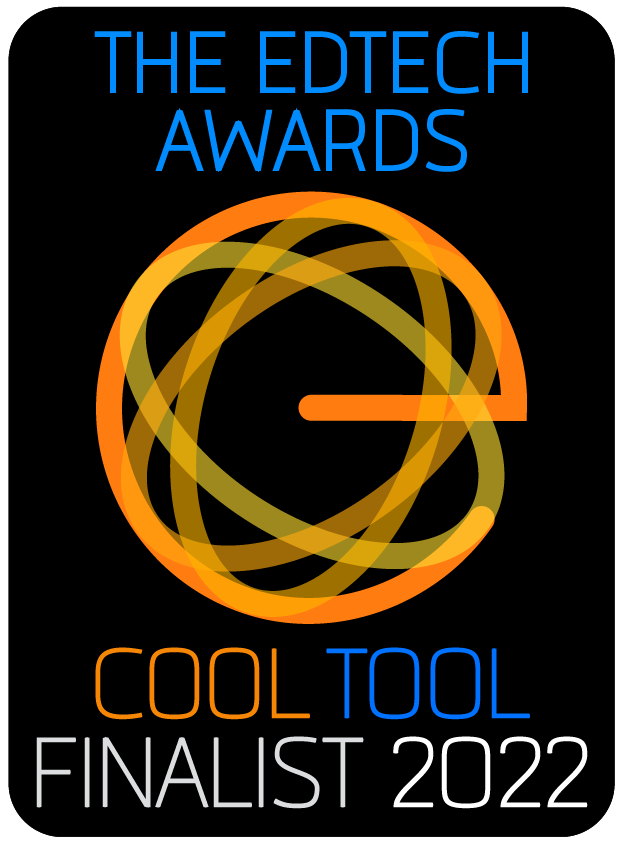Back
Emiliano for Training's blog
The pandemic has created a surge in interest in entrepreneurship. With an uncertain future and a growing gig workforce mentality, people are looking for non-traditional career paths. Today, 36.8% of the U.S. workforce are freelancers or 59 million workers. The prediction is that this will rise to over 50% within five years.

Learning Engineering is an emerging field that applies science, technology, and pedagogy to produce the most effective learning experience. It is an approach to teaching and learning that focuses on engineering or designing an environment to encourage, motivate, and enhance learning.

Once you've identified the concepts that you want to teach (see An Easier Way To Define Training Goals) you have a clear plan of what needs to be taught. The next question becomes "How do you teach each concept?" There are several principles that we can apply that ensures mastery every time.

One of the biggest challenges in training is identifying your students' knowledge gaps and having a strategy for dealing with them.
Generally, you want to identify certain performance goals for your trainees. That sets the target, and then after your intervention, you will want to test to see that those goals have been achieved.

When it comes to developing instruction, are you an artisan, or are you an engineer? What's the difference?
An artisan builds each widget as a unique and unrepeatable project. If the artisan builds a chair, even though we all know the function of a chair and a chair's general characteristics, the artisan will build the chair from scratch. Each leg or arm will be turned and sanded lovingly. The surface will be polished and oiled until it is a work of art. It is beautiful, but it will also be expensive because all of that loving care takes time.


